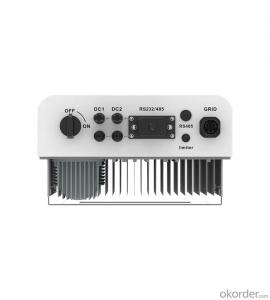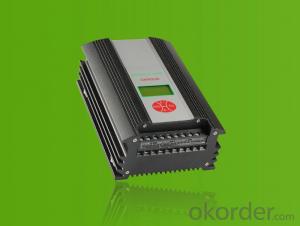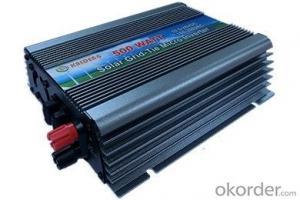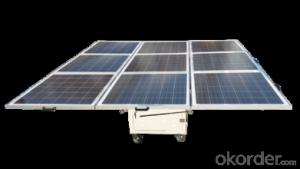Microtek Mppt Solar Inverter
Microtek Mppt Solar Inverter Related Searches
Mppt Solar Inverter Mppt Solar Power Inverter Mppt Inverter Solar Mppt Solar Pump Inverter China Mppt Solar Inverter Mppt Based Solar Inverter Mppt Hybrid Solar Inverter Mppt Solar Hybrid Inverter Mppt Inverter For Solar System Mppt Solar Inverter Charger 12v Mppt Solar Inverter Mppt Solar Inverter 24v 24v Mppt Solar Inverter Best Mppt Solar Inverter Mppt Solar Inverter Price Apollo Mppt Solar Inverter Dual Mppt Solar Inverter Microtek Solar Inverter Mppt Solar Inverter 48v 24 Volt Mppt Solar Inverter 1kw Mppt Solar Inverter Mpp Solar Power Inverter 2kw Mppt Solar Inverter Mpp Solar Inverter Mppt Solar Inverter 12 Volt 2kva Mppt Solar Inverter 3 Mppt Solar Inverter 5kw Mppt Solar Inverter Mpp Solar Charger Inverter Mppt Solar Inverter 5kwMicrotek Mppt Solar Inverter Supplier & Manufacturer from China
Microtek MPPT Solar Inverter is a high-quality product designed to optimize the performance of solar energy systems by maximizing power output. This advanced inverter utilizes Maximum Power Point Tracking (MPPT) technology, which ensures that the solar panels operate at their most efficient voltage and current levels, thereby enhancing the overall energy production. The Microtek MPPT Solar Inverter is engineered to deliver reliable and efficient power conversion, making it an ideal choice for various solar power applications.The Microtek MPPT Solar Inverter is widely used in residential, commercial, and industrial settings where solar energy is harnessed to power electrical systems. It is particularly beneficial in off-grid and grid-tied solar power systems, where it plays a crucial role in managing the energy flow from solar panels to the connected loads or the grid. This product is also suitable for applications such as solar street lighting, remote monitoring systems, and backup power supplies, where reliable and efficient power conversion is essential.
Okorder.com is a leading wholesale supplier of the Microtek MPPT Solar Inverter, offering a vast inventory of this product to cater to the needs of various industries and customers. With a strong commitment to quality and customer satisfaction, Okorder.com ensures that the Microtek MPPT Solar Inverter is available at competitive prices and with prompt delivery options. This makes Okorder.com the go-to platform for those seeking to purchase this efficient and reliable solar inverter solution.
Hot Products








































